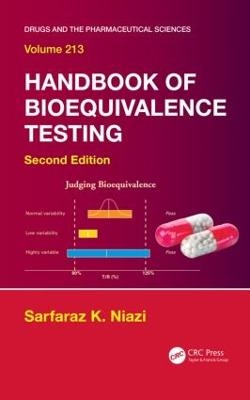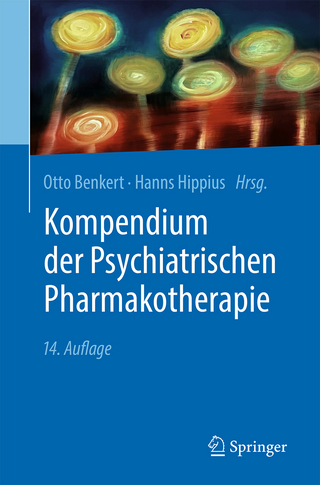
Handbook of Bioequivalence Testing
Crc Press Inc (Verlag)
978-1-4822-2637-9 (ISBN)
New topics include:
A historical perspective on generic pharmaceuticals
New guidelines governing submissions related to bioequivalency studies, along with therapeutic code classifications
Models of noninferiority
Biosimilarity of large molecule drugs
Bioequivalence of complementary and alternate medicines
Bioequivalence of biosimilar therapeutic proteins and monoclonal antibodies
New FDA guidelines for bioanalytical method validation
Outsourcing and monitoring of bioequivalence studies
The cost of generic drugs is rising much faster than in the past, partly because of the increased costs required for approval—including those for bioequivalence testing. There is a dire need to re-examine the science behind this type of testing to reduce the burden of development costs—allowing companies to develop generic drugs faster and at a lower expense. The final chapter explores the future of bioequivalence testing and proposes radical changes in the process of biowaivers. It suggests how the cost of demonstrating bioequivalence can be reduced through intensive analytical investigation and proposes that regulatory agencies reduce the need for bioequivalence studies in humans. Backed by science and updated with the latest research, this book is destined to spark continued debate on the efficacy of the current bioequivalence testing paradigm.
Sarfaraz K. Niazi, PhD, is the chairman and CEO of Therapeutic Proteins International, a world-class developer and manufacturer of biosimilar recombinant drugs. The company now leads the world in using innovative methods of manufacturing biosimilar recombinant drugs coming off-patents. He employs hundreds of world’s top scientists working toward the goal of making life-saving biological drugs more affordable. He has published over 100 refereed research articles and abstracts, dozens of books, and hundreds of literary writings that span the vast areas of poetry, philosophy, rhetoric, irony, and modern dilemma.
Historical Perspective on Generic Pharmaceuticals. Physicochemical Basis of Bioequivalence Testing. Drug Delivery Factors. Pharmacokinetic/Pharmacodynamic (PK/PD) Modeling. Bioequivalence Testing Rationale and Principles. Bioequivalence Waivers. Statistical Evaluation of Bioequivalence Data. Regulatory Inspection Process. Fed Bioequivalence Studies. Topical Drugs. Bioequivalence of Nasal Products. Bioequivalence of Complementary and Alternate Medicines. Bioequivalence of Biosimilar Products. Bioequivalence Testing: The US Perspective. Bioequivalence Testing: European Perspective. Bioequivalence Testing: The ROW Perspective. Bioequivalence Testing Protocols. Bioequivalence Documentation. Good Laboratory Practices. Bioanalytical Method Validation. Good Clinical Practice. Computer and Software Validation. Outsourcing and Monitoring of Bioequivalence Studies. Epilogue: Future of Bioequivalence Testing. Appendix A: Glossary of Terms. Appendix B: Dissolution Testing Requirements for US FDA Submission. Bibliography. Index.
| Erscheint lt. Verlag | 8.12.2014 |
|---|---|
| Reihe/Serie | Drugs and the Pharmaceutical Sciences |
| Zusatzinfo | 116 Tables, black and white; 39 Illustrations, black and white |
| Verlagsort | Bosa Roca |
| Sprache | englisch |
| Maße | 178 x 254 mm |
| Gewicht | 1905 g |
| Themenwelt | Medizin / Pharmazie ► Medizinische Fachgebiete ► Pharmakologie / Pharmakotherapie |
| Medizin / Pharmazie ► Pflege | |
| Technik | |
| ISBN-10 | 1-4822-2637-5 / 1482226375 |
| ISBN-13 | 978-1-4822-2637-9 / 9781482226379 |
| Zustand | Neuware |
| Informationen gemäß Produktsicherheitsverordnung (GPSR) | |
| Haben Sie eine Frage zum Produkt? |
aus dem Bereich


